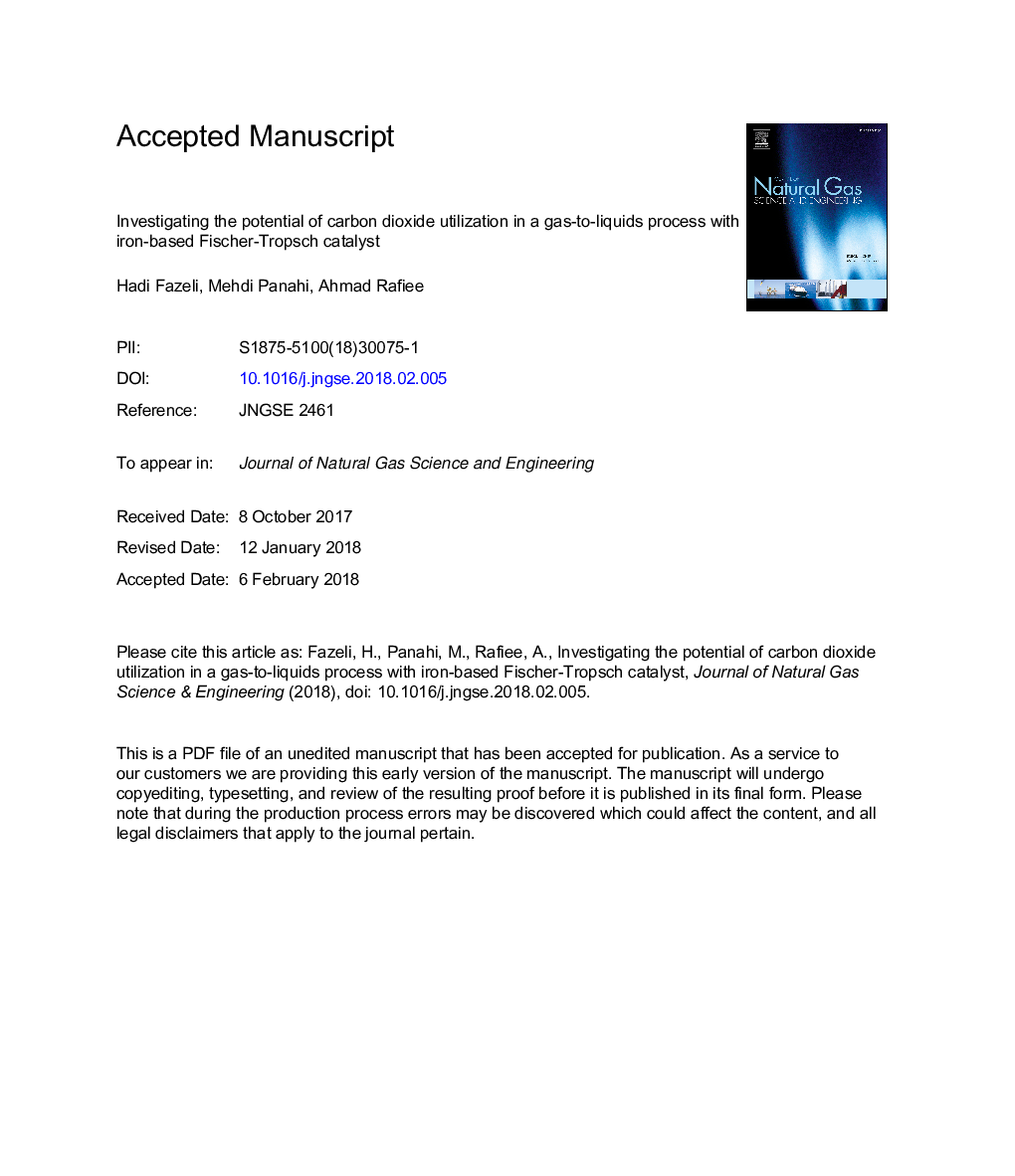| Article ID | Journal | Published Year | Pages | File Type |
|---|---|---|---|---|
| 8128280 | Journal of Natural Gas Science and Engineering | 2018 | 30 Pages |
Abstract
A Gas-to-liquids (GTL) process with two different synthesis gas (syngas) production configurations including steam methane reformer (SMR) and auto-thermal reformer (ATR) was optimized to maximize wax production rate and carbon efficiency. The kinetic model used was the one given by Van Der Laan for an iron-based Fischer-Tropsch (FT) reactor (Van Der Laan and Beenackers, 2000). In this paper, Wang's correlation (Wang et al., 2003) was used to calculate chain growth probability (α). It was assumed that there exists a 300â¯MW coal-fired power plant with a downstream post-combustion CO2 capturing unit nearby the GTL plant and all the captured CO2 is available to be utilized in the GTL process. The optimization results suggested that the ATR- and SMR-based GTL processes could produce 68.17 and 101.4 tons/h of wax, respectively. Furthermore, about 166.4 tons/h of CO2 was optimally imported from the power plant to the SMR, while there was no potential for CO2 utilization in the ATR-based configuration. The GTL process with either SMR or ATR reformers is net CO2 emitter and respectively releases ca. 194.1 and 131.3 tons/h of CO2 to the atmosphere.
Keywords
Related Topics
Physical Sciences and Engineering
Earth and Planetary Sciences
Earth and Planetary Sciences (General)
Authors
Hadi Fazeli, Mehdi Panahi, Ahmad Rafiee,
